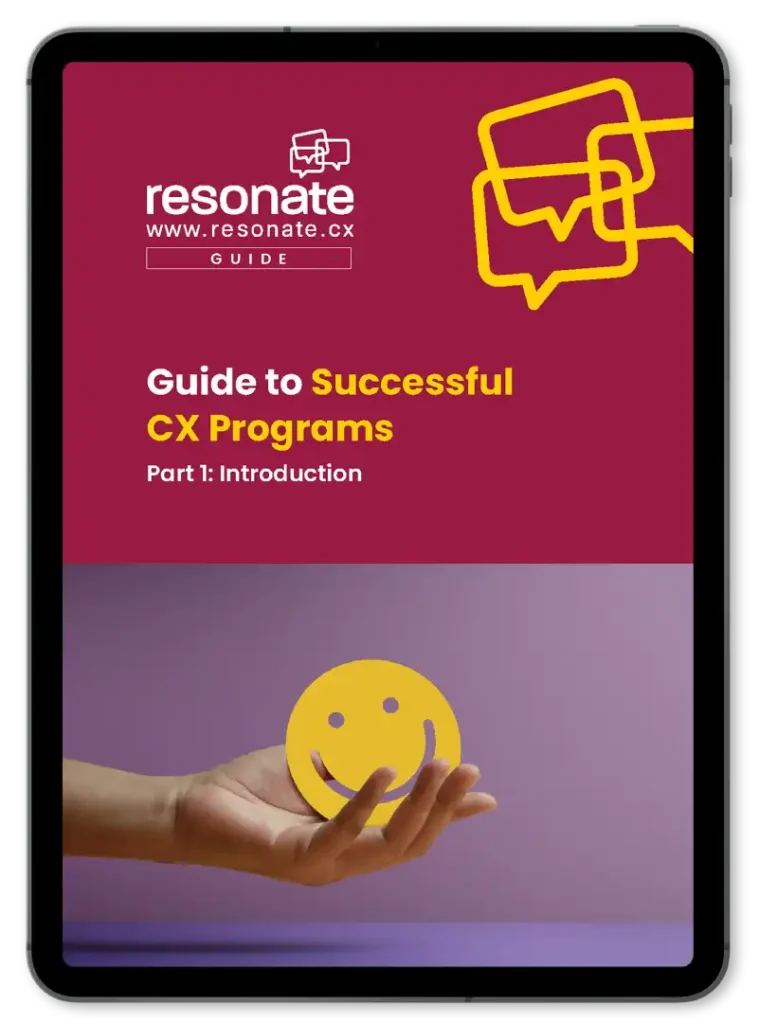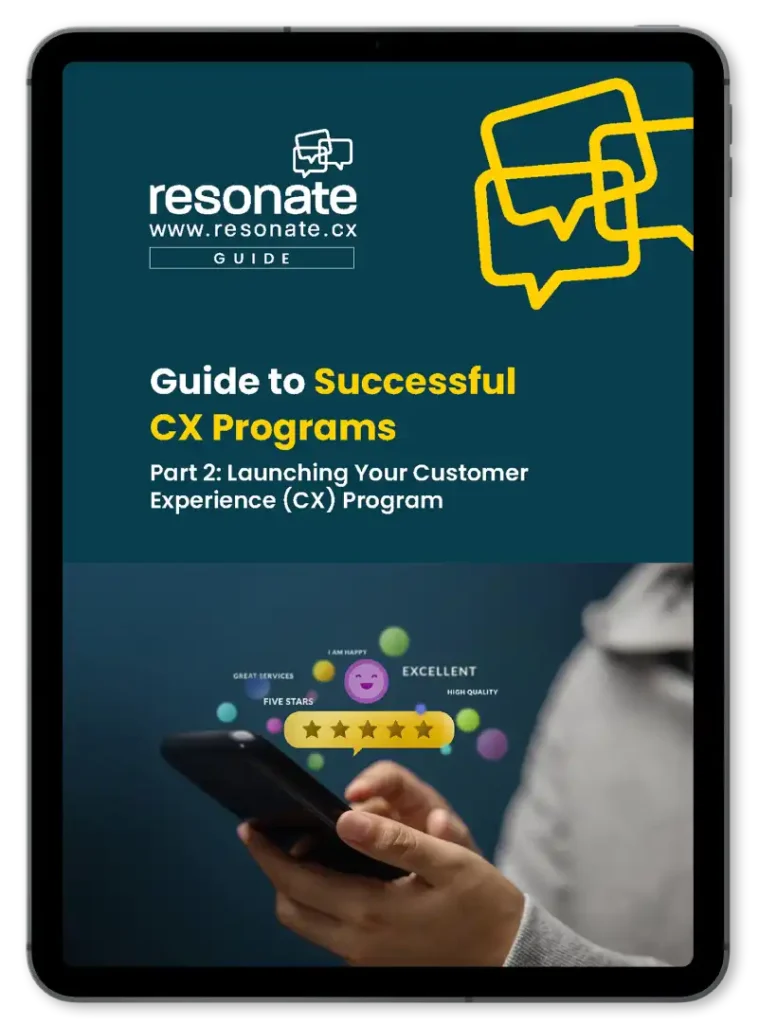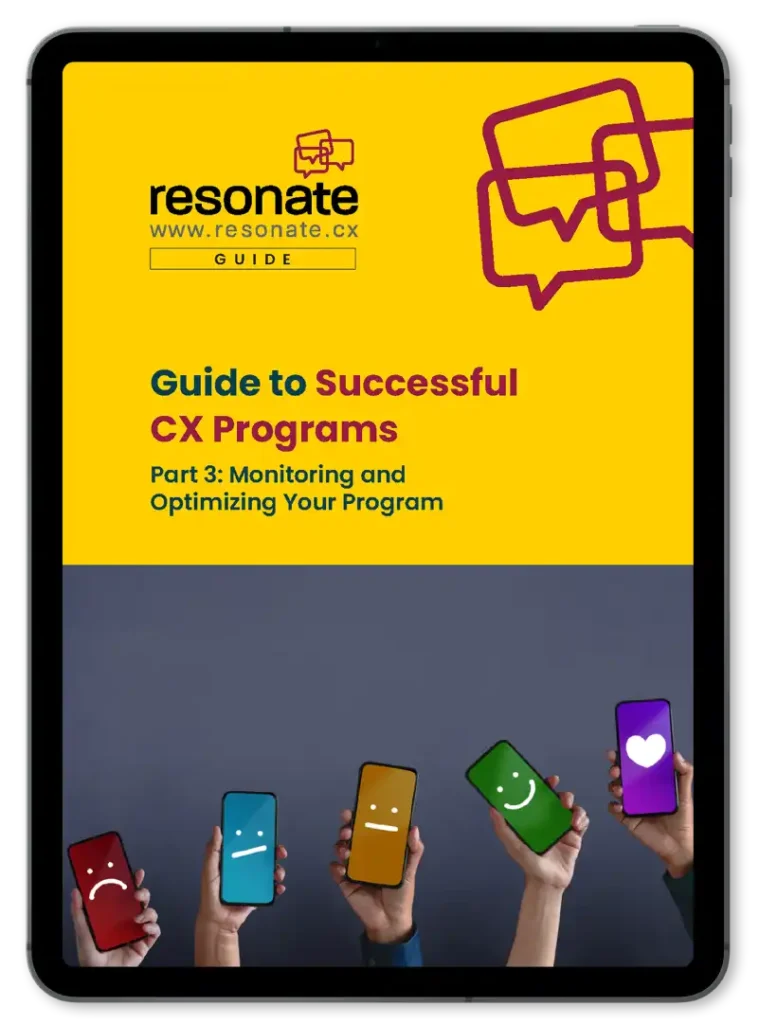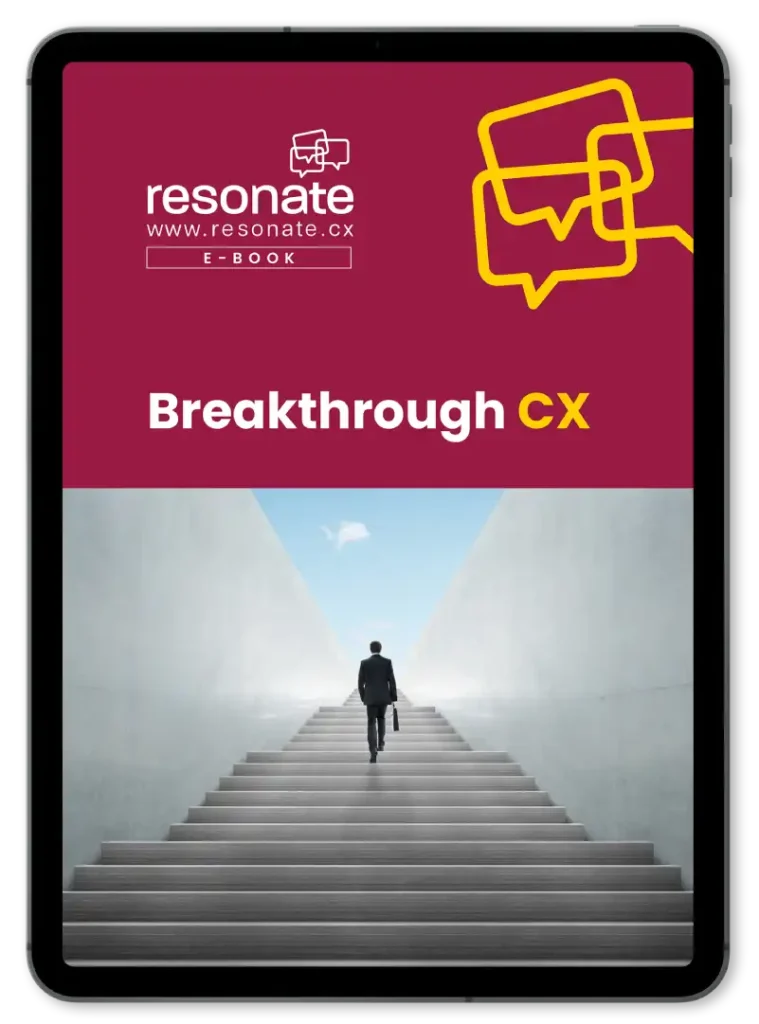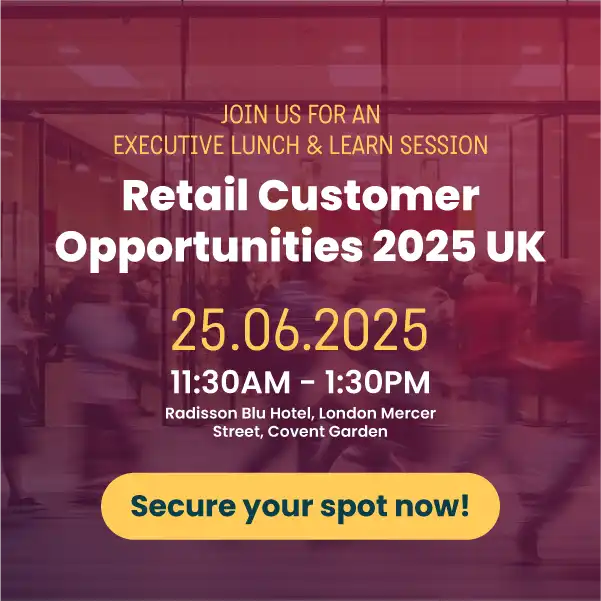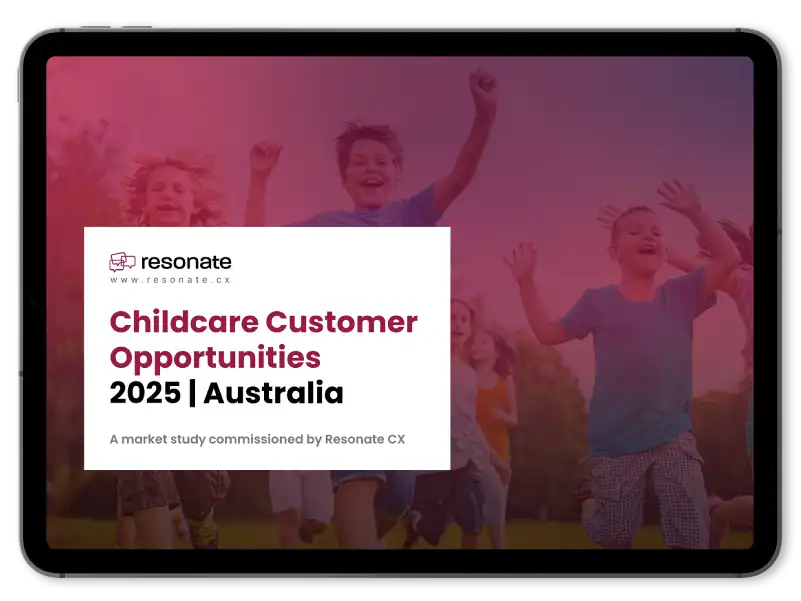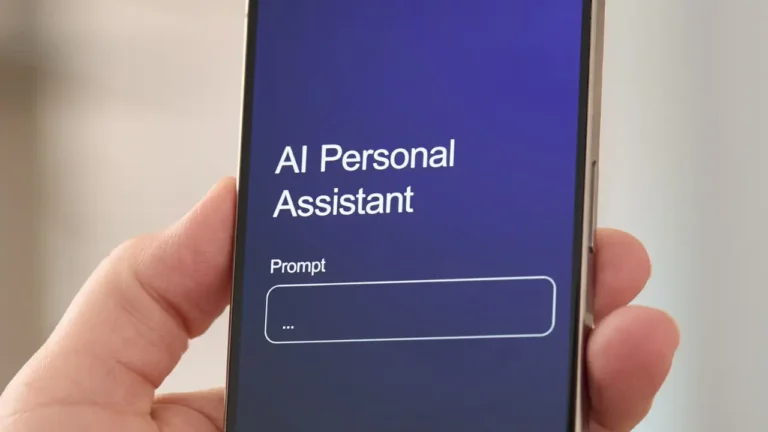TLDR:
- Businesses often treat customer experience (CX) as a one-time project rather than an ongoing process. Without sustained leadership support and integration across departments, these initiatives lose momentum and fail to deliver lasting results.
- A crucial mistake is underestimating the importance of employee experience (EX). Motivated and engaged employees are more likely to provide exceptional service, which directly translates to a better customer experience.
- Companies can fail by not adapting to changing market dynamics, much like the case of Kodak. This failure to evolve can lead to a quiet erosion of customer loyalty over time.
- There’s a significant gap between customer expectations and what businesses deliver. While customers are willing to pay more for a great experience, a majority feel their expectations are not being met.
When everything seems fine, that’s often when the cracks begin.
At first, customers adored Kodak. The brand had heritage and innovation while surveys looked good.
But slowly, things started to shift because digital competitors emerged and consumer habits evolved. And perhaps by sheer comfortability, Kodak didn’t worry. However, momentum faded and trust eroded. By the time leadership tried to pivot, the market had already moved on.
What went wrong?
As it turned out, Kodak had fallen into five common CX traps. Mistakes even the biggest brands make, often without realising it.
From frontline breakdowns at global telcos (as McKinsey reports), to modern tech flops like Cursor AI’s misfiring chatbot “Sam,” the story repeats itself: companies lose touch with their customers and loyalty quietly slips away.
According to Resonate CX’s Current State of Omni-Channel Retail Consumer Research Report 2025 AU, buyers are willing to pay more for a great experience. Yet despite the clear business case, Forbes reports that 54% of customers feel companies still aren’t meeting their expectations. Many of these gaps stem from avoidable missteps that businesses continue to make, often unknowingly. Since many of these businesses are unaware of their mistakes, they are likely to keep making them, hurting loyalty and growth.
Let’s break down those five mistakes so your business doesn’t become the next cautionary tale.
CX Guides | free to download
No fluff. Just CX strategy guides for real-world use. Get tips from the experts.
Viewing CX as a One-Time Project, Not a Long-Term Strategy
A CX initiative launched with fanfare but later left to stagnate is unlikely to drive any real change. And yet, this is exactly what happens in many organisations: a survey gets rolled out, a few (if any) improvements are made, and then momentum fades as decision-makers lose interest.
Despite this being a common issue, only 3% of companies describe themselves as ‘customer-obsessed’ in their CX efforts, according to Forrester research. But those in this elite group often lead their industries in customer retention, brand loyalty, and revenue growth: Amazon and Apple being prime examples. Without sustained leadership support, continuous iteration, and integration across departments, even the best-intentioned CX strategies eventually lose steam.
Organisations that treat CX as a long-term, evolving commitment rather than a campaign with an end date are more likely to deliver consistent improvements. Embedding wider-picture CX initiatives within regular business planning, employee KPIs, and product development cycles can further help ensure CX remains a strategic priority.
Underestimating the Role of Employee Experience (EX)
It’s difficult to deliver exceptional service when your employees feel disengaged or unheard. And while many CX programmes are designed with the customer in mind, the employee experience often gets overlooked.
That’s a costly oversight. Gallup data shows that companies with highly engaged employees outperform their peers by 147% in earnings per share. The reason is clear: motivated, empowered employees are more likely to go the extra mile for customers.
To get the employee experience right, decision-makers must start by listening. Are frontline staff given the tools, training, and autonomy they need to solve problems? Are there any feedback loops in place for them to share their insights? Once your people feel supported, they will be better able to deliver good CX. Using a tool to manage the employee experience may give you the clarity you need to begin.

Over-Relying on Technology at the Expense of the Human Touch
There’s no question that automation and AI have transformed service delivery, often for the better. For instance, good chat automation shortens waiting times and gives customers the answers they need faster than any human. Technologies that augment human interactions, such as intelligent routing or agent-assist tools, can also improve the experience for both customers and staff.
Nonetheless, a PwC study found that around 71% of consumers prefer speaking to a human rather than a chatbot when seeking customer service. This doesn’t mean automation actually harms CX. But when technology is used to replace human empathy, the inevitable result is frustration.
If a chatbot can’t handle complex queries or recognise emotional cues, it risks making a bad situation worse. Air Canada learned this the hard way when its virtual assistant gave a passenger incorrect information about bereavement fares. The airline tried to disown the bot’s response in court, but lost, with the judge ruling that it was still responsible for the chatbot’s misinformation. The result was not only a financial penalty, but a dent in customer trust and public image.
Any time you automate an aspect of the customer experience, consider how your customers may react. At the very least, you must offer clear escalation paths, thoughtfully humanised design, and the kind of sensitivity needed within the context of the interaction.
Gathering Feedback Without Taking Action
You’ve asked for feedback, received it, and analysed it. But if you don’t act on it, your customers will notice. After all, time is precious, and your customers must stop what they’re doing and take a few minutes out of their day to give feedback. Ignoring their feedback can give the impression that your business doesn’t value their input, or their time.
Customers want to know that their input matters. According to Microsoft, 52% of customers believe companies need to act more decisively on feedback. Whether decisive action means publishing service updates or personally reaching out after a low rating, make sure your customers know you care. This not only maintains trust but also encourages participation in future surveys.
Prioritising Metrics Over Meaning
People are more than just numbers. Too many CX teams fall into the trap of focusing on raw Net Promoter Score (NPS) or Customer Satisfaction (CSAT) ratings without understanding why the numbers are the way they are.
Fortunately, most decision-makers recognise this issue. A McKinsey study notes that just 13% of CX leaders trust that their survey‑based systems (like NPS) offer a representative view of the customer experience, with the rest expressing a need for a more holistic understanding of CX.
One solution is to complement metrics with qualitative insights. Open-ended responses, customer interviews, and journey mapping can help decision-makers uncover pain points and emotional drivers that simply don’t show up in quantitative surveys. Text analytics tools can further support this by identifying patterns, themes, and sentiment across large volumes of customer comments. Even when frameworks like NPS and CSAT are used, leaders must also continuously emphasise context and experiences over numbers.
Conclusion
Great customer experiences are not built on perfection or one-off events. Rather, they’re about how consistent you are with your empathy and responsiveness. Avoiding these mistakes doesn’t require a massive investment, but it does call for intentionality and follow-through.
If you’re ready to move beyond surface-level improvements and build a customer experience programme that works, the time to start is now. Contact the team at Resonate CX and request a demo to learn how our platform can help your organisation deliver consistent CX and real impacts.
